Members directory

Professor
Guy
Caljon
Natural parasite transmission models (Leishmania- sand flies; African trypanosomes - tsetse flies), Parasitology, Drug discovery, Innate immunity, Vector biology.

Dr
Mattia
Calzolari
Sand fly species identification
Leishmania
Phlebovirus

Professor
Mary
Cameron
Sampling, surveillance, and chemical ecology of vectors, particularly sandflies, for improving control and understanding the transmission of vector-borne diseases.
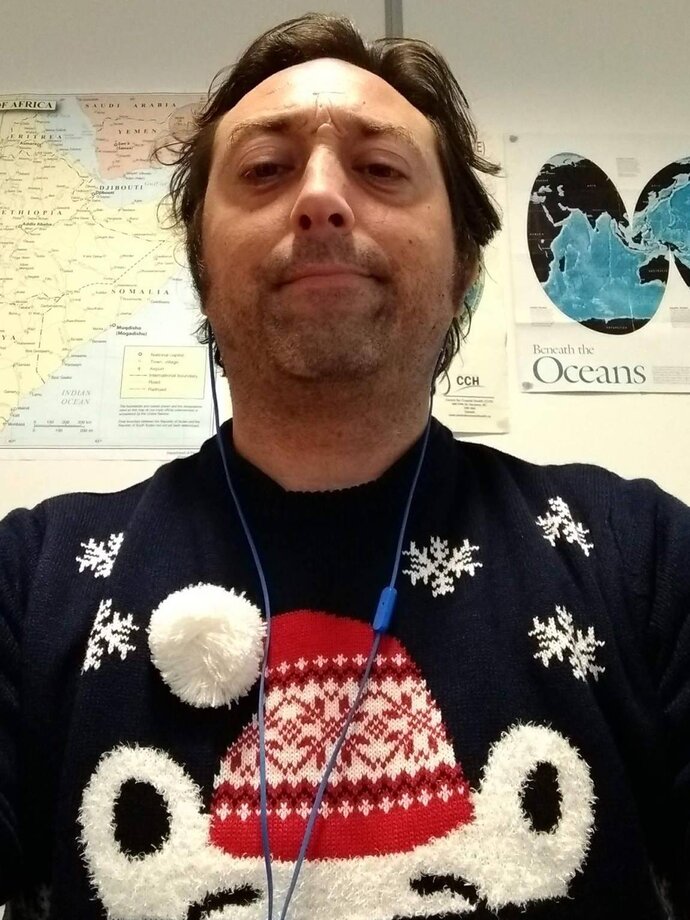
Dr
Cyril
Caminade
Climate change and vector-borne diseases
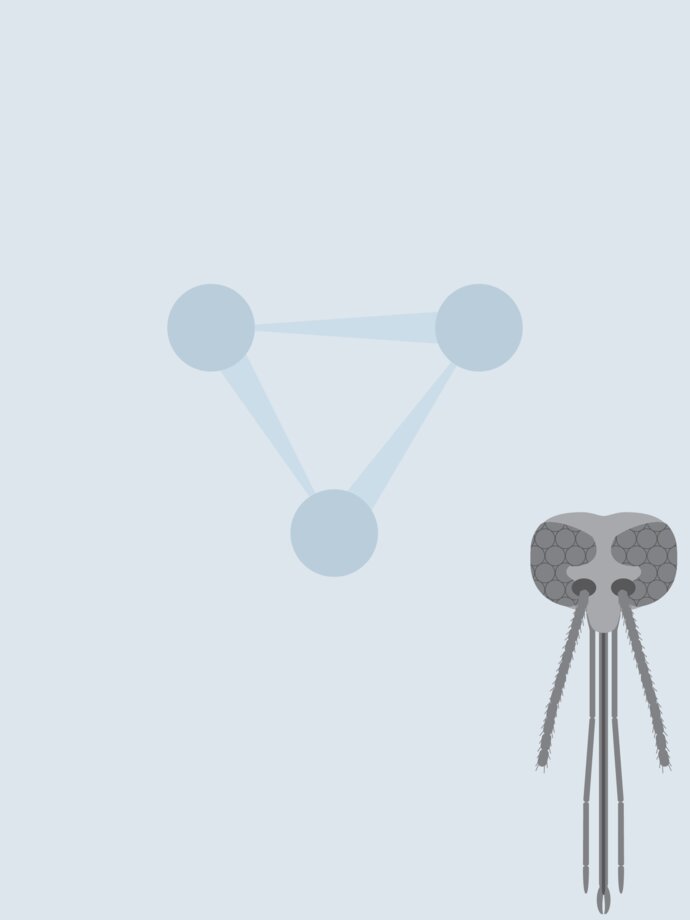
Miss
María Eugenia
Cano
Patrones de distribución de culícidos implicados en la transmisión selvática del virus de Fiebre Amarilla en Argentina

Miss
Débora
Capucci
In my master degree I´m working with the ecology and epidemiology of sand flies at the County of Pains in Minas Gerais/Brazil, analyzing the fauna of phlebotomineas in seven diferents enviroments (cave, eucalyptus plantation, urban area, rural area, pasture, Native forest, and lime mining), after I´ll make molecular identification of leishmania and geoprocessing analysis with the data

Professor
Jorge Manuel
Cárdenas Callirgos
Vector Ecology - Vector Biogeographic Distribution - Health Promotion and Vector Borne Disease Prevention Programs
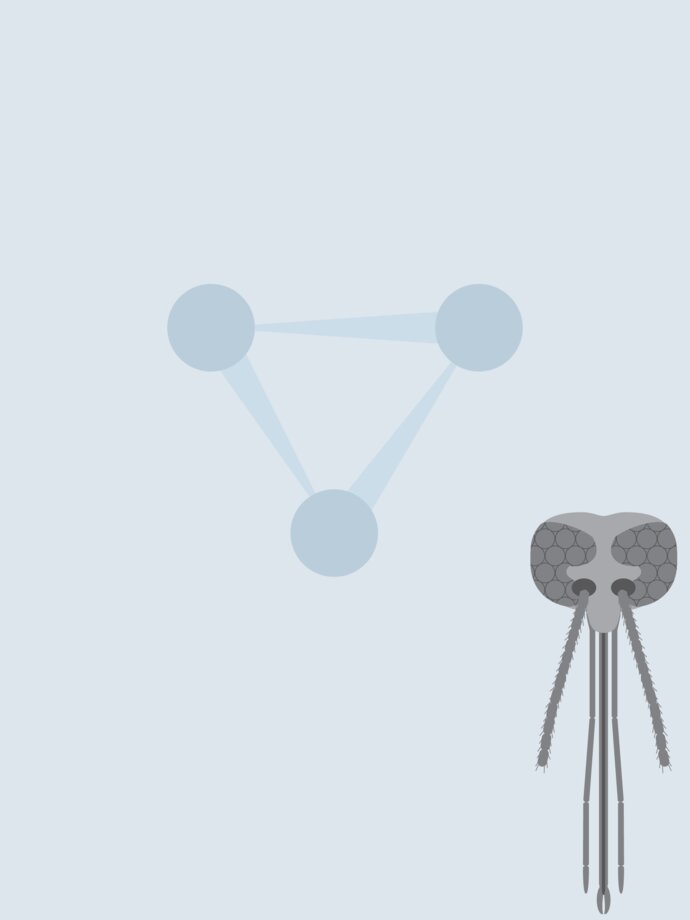
Miss
Manuela
Carnaghi

Dr
Simon
Carpenter

Dr
Bruno
Carvalho
My research focuses on understanding the relationship between species distributions and the environment, with particular interests in vector-borne disease systems and climate change. Main topics include ecology of sand flies and leishmaniasis transmission.

Mr
Luis Paulo Costa
Carvalho
Biting Midges
Culicoides paraensis
Culicoides insingnis
Oropouche Virus
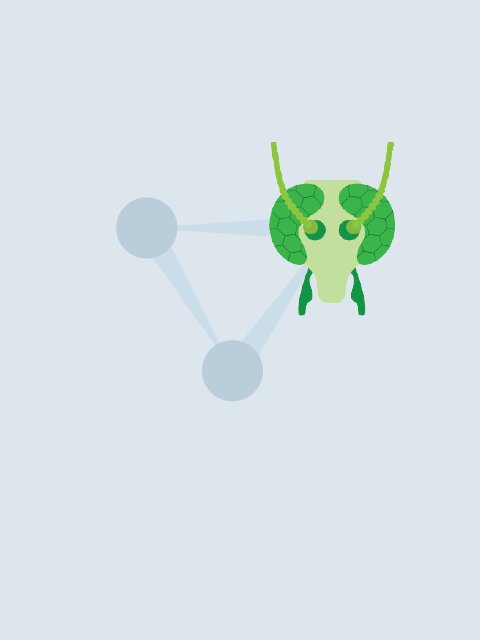
Dr
Carla
Cazorla
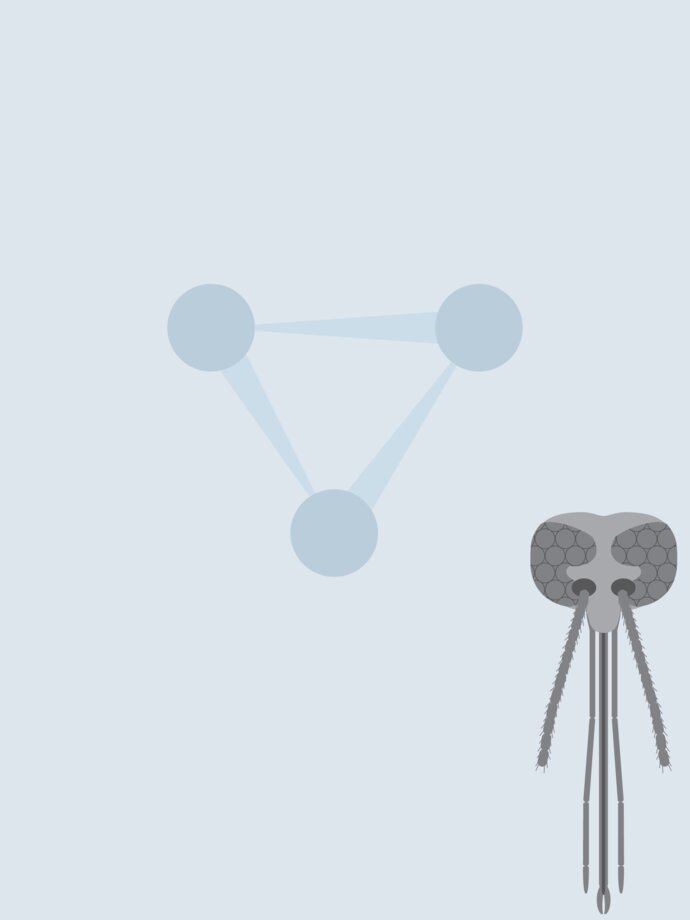
Mr
Mauricio
Cedeño
My interest is the diseases transmitted by biological vectors, Culicoides spp, epidemiology. And biological vectors as biotechnological solutions.

Dr
Sondipon
Chakraborty
Ecology of Sand fly population
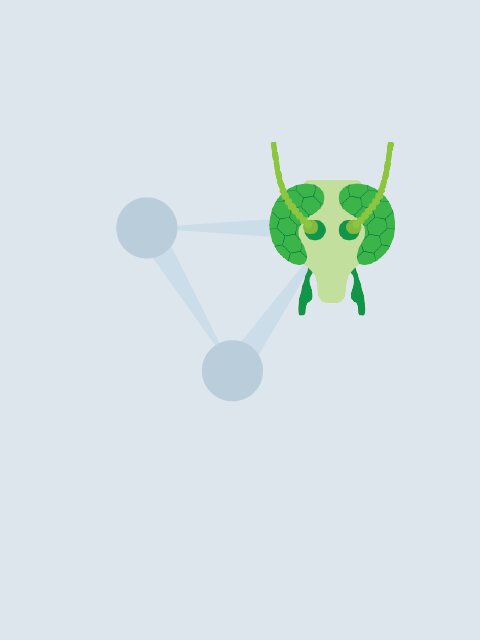
Dr
Mudassar
Chanda
Morphological and molecular taxonomy of Culicoides
Host preference studies
Detection of Bluetongue and related viruses in Midges
culicoides species diversity in wild life
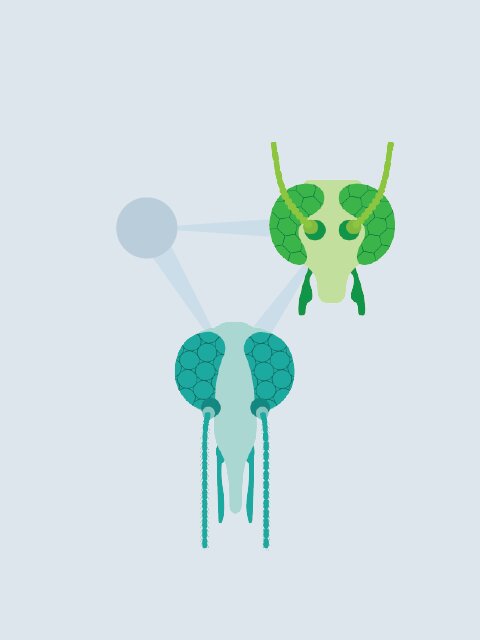
Dr
Alexandra
Chaskopoulou
Epidemiology of vector borne diseases, Ecology of arthropod vectors, integrated vector management
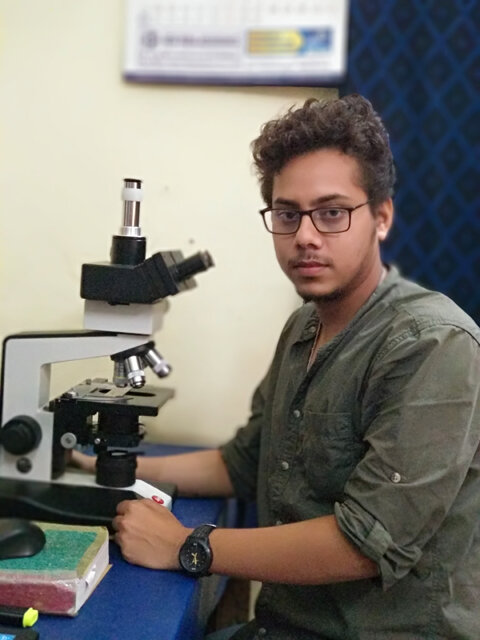
Mr
Somnath
Chatterjee
Taxonomy and biology of Culicoides.

Dr
Jaime
Chaves
Disease ecology
Avian pathogens

Professor
Robert
Cheke
Biology and control of blackflies

Dr
Mouna
Cherairia
Blackflies systematics, identification, ecology, epidemiology.
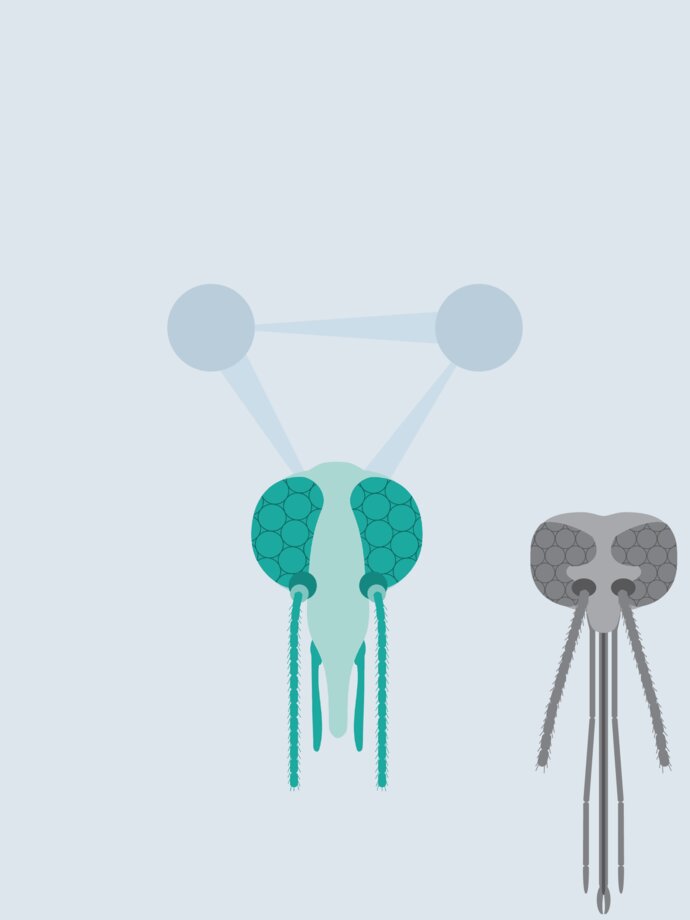
Mr
Rajib
Chowdhury
Control/eliminate neglected tropical diseases, i.e. visceral leishmaniasis, dengue, chikungunya, etc. by knowing their vector biology, pathogenesis, vector control and epidemiology
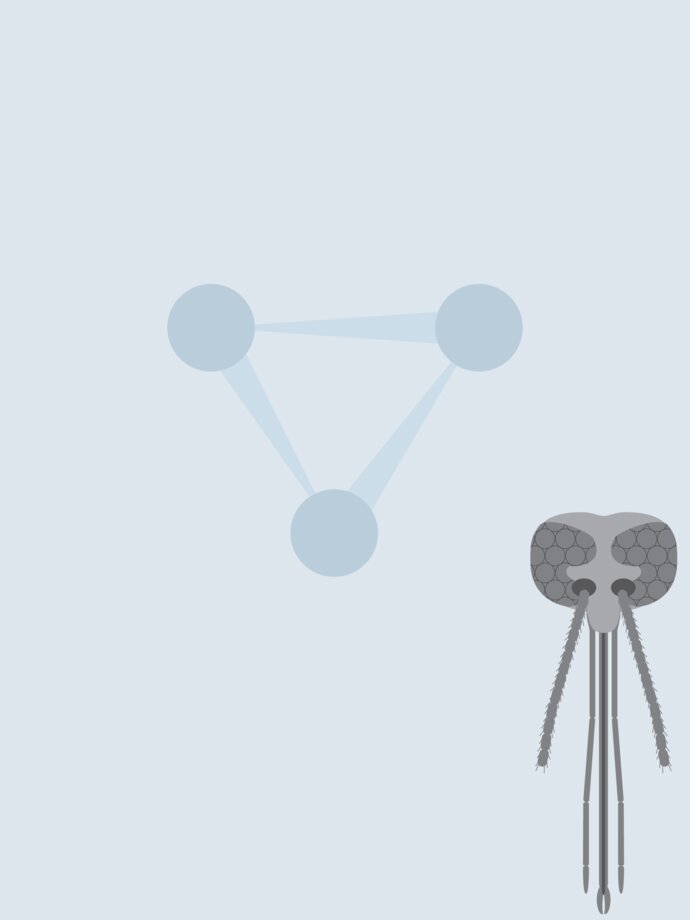
Ailen
Chuchuy

Mr
Brett
Clark

Professor
John
Colbourne
My work has had a broad impact on the establishment of new genomic model species to complement those (e.g., Saccharomyces, Drosophila, Caenorhabditis, Mus) that have transformed our understanding of the human condition by laboratory studies, yet now chosen because of a deeper understanding of their ecologies, and a greater ability to sample and study genetic variants within their natural populations. These include the waterfea Daphnia (Colbourne et al. 2011 Science 331: 555-561), the jewel wasp Nasonia (Werren et al. 2010 Science 327:343-348), the green anole lizard Anolis (Alföldi et al. 2011 Nature 477:587-591) and the brown planthopper Nilaparvata (Zhang et al. 2014 Genome Biology 15:521). Other vertebrates include the killifish Fundulus (Reid et al. 2017 Genome Biology and Evolution 9:659-676), the songbird Junco and a growing list of emerging invertebrate model species including bee, black fly, aphid, tick, mosquito (Tormey et al. 2015 BMC Genomics 16:754) and amphipod (Poynton et al. 2018 Environmental Science and Technology 52:6009-6022). This work resulted in Daphnia's designation as a biomedical model species by the US National Institutes of Health.
Studies that focused on these new model species are producing the broad range of anticipated discoveries that would be difficult to achieve otherwise; many are suggesting that variation among the co-regulated networks of genes are better predictors than gene variation of the adaptive potential of populations to survive environmental stress (Reid et al. 2016 Science 354:1305-1308), of the mechanisms that confer insecticide resistances in arthropods (Weston et al. 2013 PNAS 110:16532), of the mechanistic basis of environmentally induced phenotypic plastic traits (Shaw et al. 2014 Molecular Biology and Evolution 31:3002-3015), and the evolutionary basis of the vector biology of mosquitos (Bradshaw et al. 2017 PNAS 115:1009-1014).

Dr
Francisco
Collantes
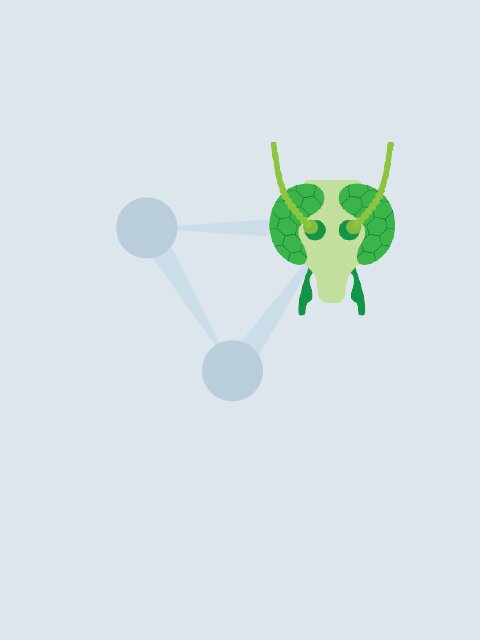
Dr
Aine
Collins
Culicoides biting midges as arbovirus vectors in domestic livestock.
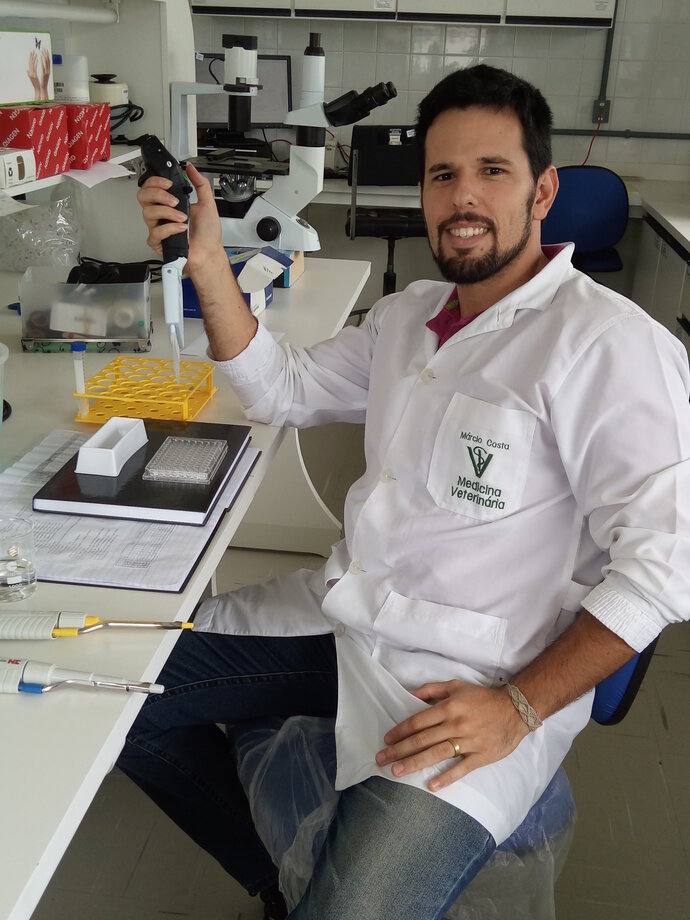
Márcio Josué
Costa Irala
Epidemiologia entomológica de zoonoses parasitárias, com ênfase em flebotomíneos vetores da leishmaniose visceral.

Dr
Orin
Courtenay
Vector-borne disease epidemiology
vector control
zoonoses
public health and veterinary health
intervention trials
vector and animal behavioural ecology
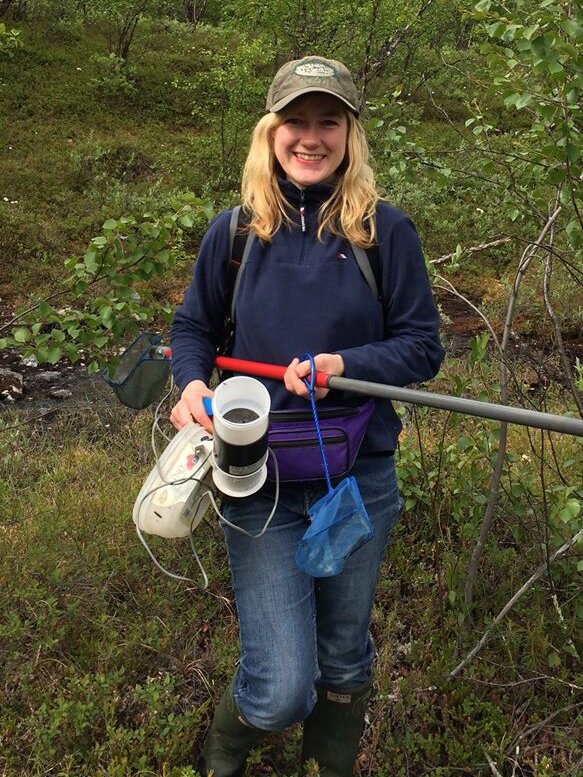
C. Lorna
Culverwell
I've been researching mosquitoes since 2010, when I started working on a phylogenetic project to establish relationships of Culex (Culex) mosquitoes (Diptera: Culicidae) at the Natural History Museum, London.
In 2013, with a growing interest in mosquitoes, I pursued a PhD at the University of Helsinki centred around Finnish mosquitoes, their distributions, genetics and viruses. In 2015, alongside my PhD, I joined a dengue project run jointly between the University of Helsinki and University of Nairobi, Kenya, where I have coordinated mosquito collections.
My main research interests are taxonomy/ systematics, morphology, genetics, virology and medical entomology.
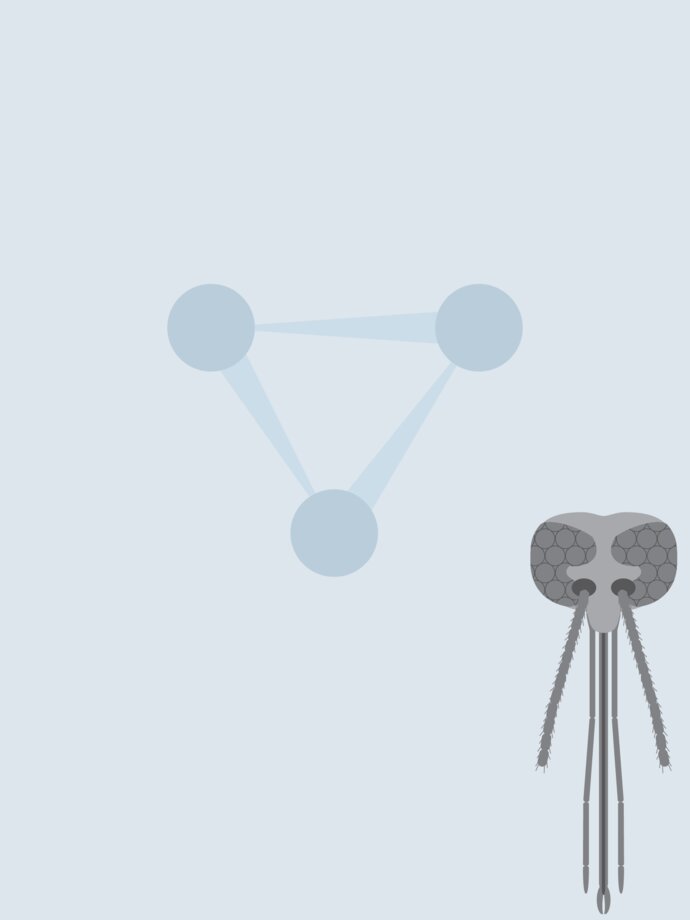
Dr
Lucas
Cunningham
My main area of interest is the application of molecular methods to field settings in order to investigate the biology of vectors.

Dr
Gregory
Curler
I am broadly interested in systematics, taxonomy and natural history of lower Diptera, with expertise in Psychodomorpha (Blephariceridae, Tanyderidae and Psychodidae).
